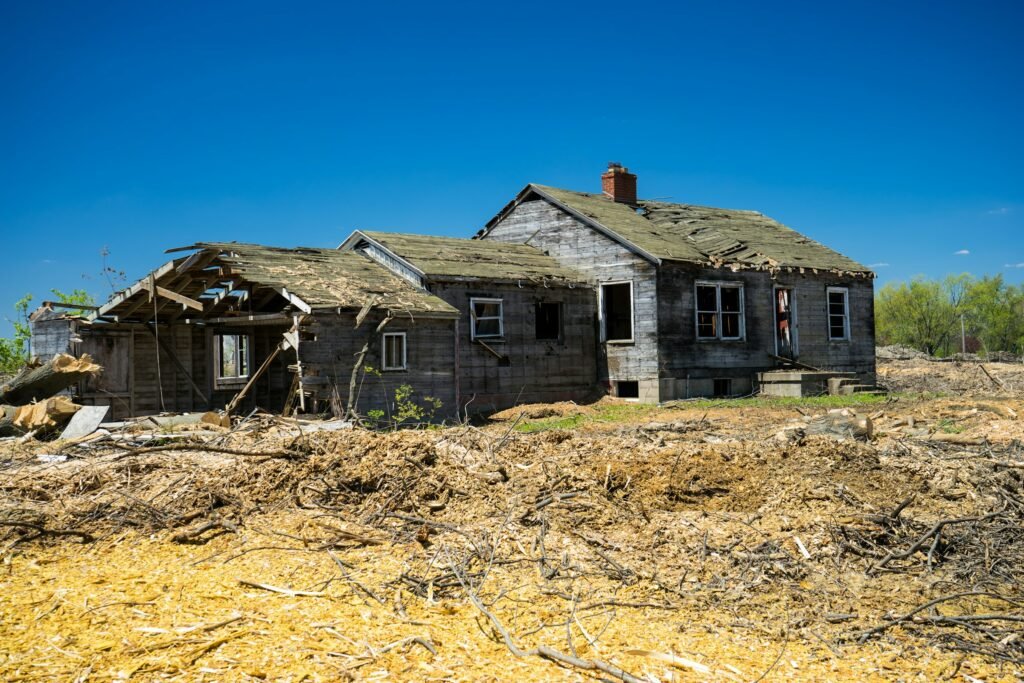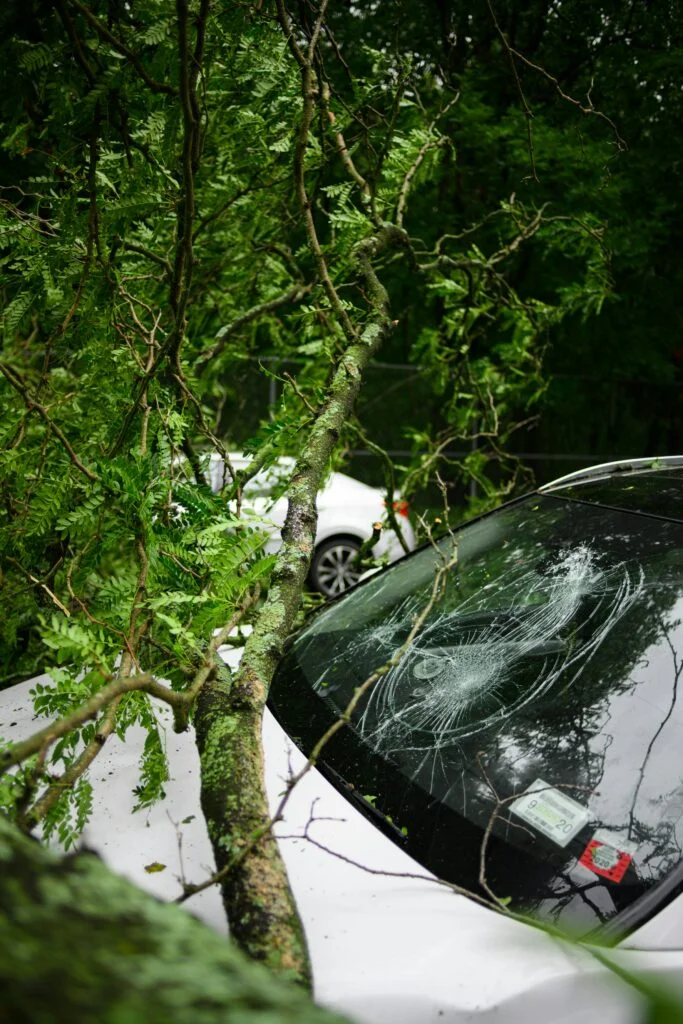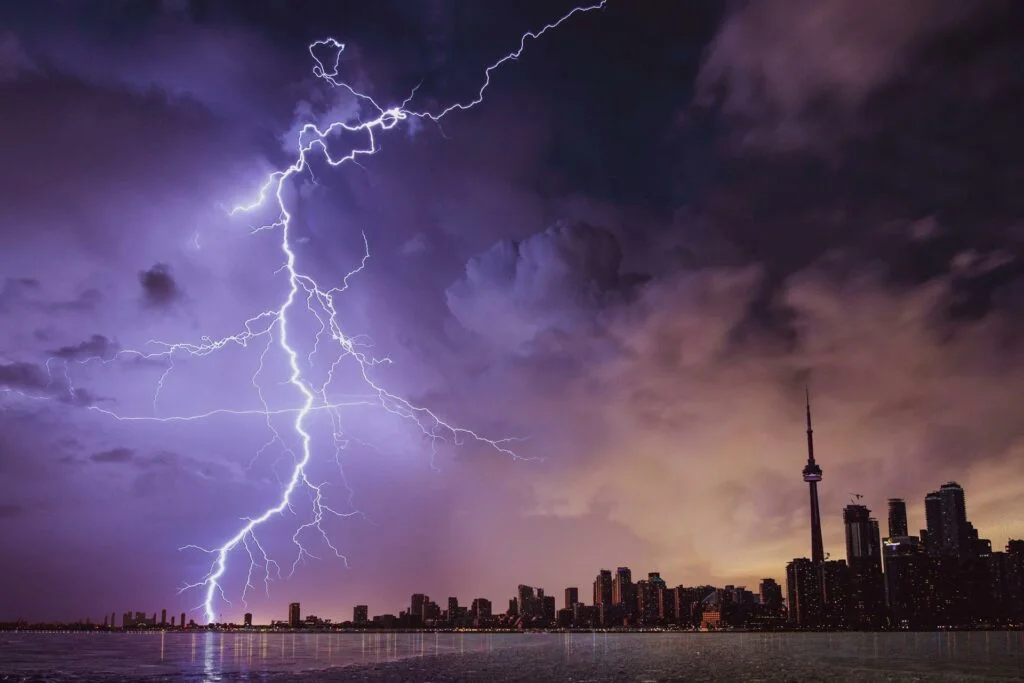In the aftermath of a powerful storm, the landscape can bear witness to the destructive force of nature. Among the most vulnerable victims are trees, majestic guardians of our environment. Storms can wreak havoc on tree populations, leaving behind broken branches, uprooted trunks, and damaged canopies. In these trying times, the role of tree care professionals becomes paramount in facilitating post-storm recovery efforts. With their expertise and dedication, they play a vital role in restoring the health and vitality of our arboreal allies.

Assessment and Damage Evaluation
One of the primary responsibilities of tree care professionals in post-storm recovery is conducting thorough assessments of the affected trees. They meticulously inspect each tree, assessing the extent of damage and identifying potential hazards. By carefully evaluating the structural integrity of trees, these professionals can determine the most appropriate course of action for mitigation and restoration.
Emergency Response and Hazard Mitigation
In the immediate aftermath of a storm, tree care professionals spring into action to address urgent issues and mitigate hazards. They prioritize the removal of fallen trees and limbs blocking roadways, power lines, and structures, ensuring the safety of the community. Additionally, they identify unstable trees posing risks of further damage or injury and implement measures to stabilize or remove them safely.
Pruning and Structural Support
Storms often leave trees with compromised structures, making them susceptible to future risks and health issues. Tree care professionals employ pruning techniques to remove damaged or weakened branches, promoting healthy regrowth and reducing the likelihood of further damage. Moreover, they may utilize support systems such as cabling and bracing to reinforce structurally compromised trees, enhancing their stability and longevity.
Tree Preservation and Restoration
While some trees may suffer irreparable damage in the wake of a storm, many can be salvaged through proper care and attention. Tree care professionals advocate for tree preservation whenever possible, employing techniques such as crown restoration and root zone rehabilitation to promote recovery. By nurturing damaged trees back to health, they contribute to the preservation of biodiversity and the maintenance of ecosystem balance.
Replanting and Reforestation Efforts
In cases where trees are beyond salvaging, tree care professionals play a pivotal role in replanting and reforestation efforts. They collaborate with community organizations, local governments, and environmental agencies to identify suitable locations for tree planting initiatives. By reintroducing native species and restoring natural habitats, they help replenish the urban canopy and mitigate the long-term effects of deforestation.
Educational Outreach and Community Engagement
Beyond their technical expertise, tree care professionals serve as advocates for environmental stewardship and sustainability. They engage in educational outreach programs, sharing their knowledge and expertise with the community to promote tree care awareness and conservation efforts. Through workshops, seminars, and public demonstrations, they empower individuals to become proactive stewards of their local ecosystems.
In the aftermath of a storm, the resilience of our natural environment depends heavily on the efforts of dedicated tree care professionals. Through their expertise, compassion, and commitment to excellence, they play a pivotal role in facilitating post-storm recovery and restoring the beauty and vitality of our urban landscapes. As we navigate the challenges of an increasingly volatile climate, their contributions remain indispensable in safeguarding the health and well-being of both trees and communities alike.


